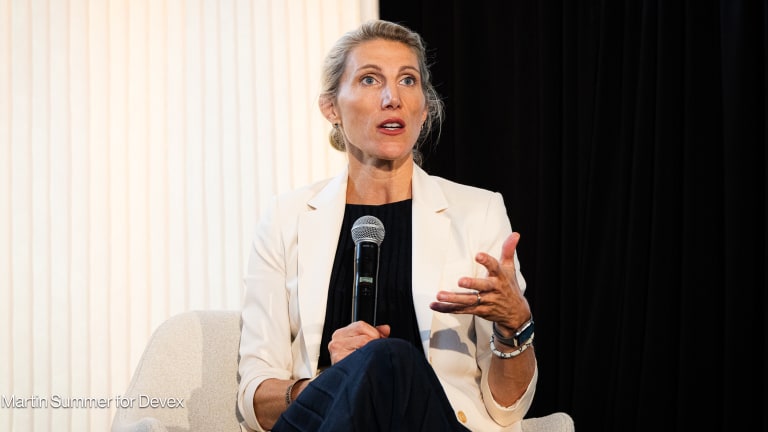Whenever Anuja Mallewadi, 22, felt weak and desired to rest, the older women in her house yelled at her. She said her grandmother-in-law would say “When I was pregnant, I worked for over 12 hours a day on the farm and even walked several kilometers, yet nothing happened to me.”
But that was in the early 1960s; today, the climate in Mallewadi’s village, Arjunwad, in India’s Maharashtra state, has changed tremendously, severely affecting her health. The unbearable heat took a toll on her well-being as the temperatures soared to 42 degrees Celsius this May.
But the older woman in her house didn’t listen or let her rest during the day, forcing her to complete household tasks such as fetching water, cleaning floors, and cooking meals, all of which demanded physical labor. This left Mallewadi completely drained.








